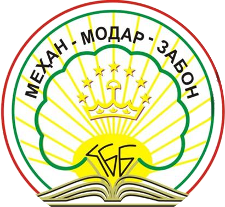Source: https://president.tj/tajikistan/moneys
The national currency is one of the pillars of statehood, national wealth and a symbol of the authority of the people, the source of which is independence.
The contribution of the President of Tajikistan, Honorable Emomali Rahmon, along with his other heroic deeds in various fields of the political, economic, social and cultural life of the country, is regarded very important on the path to creating and strengthening the banking system of the republic. For, the Head of the Tajik state from the first days of his election to the post of leader of the country, with a sense of deep awareness of the importance of this area, paid special attention to the issue of an independent monetary policy and the formation of a national banking system. However, because of the turbulent events at the beginning of the period of independence and the country's being drawn into in the maelstrom of civil war, there were many obstacles to the creation and restoration of such a vital system.
During that crisis period, there was an acute lack in the country’s own financial resources needed to carry out drastic economic reforms. The state of the country's economy required the adoption of decisive and urgent measures to create financial institutions and establish market mechanisms for the economy. In addition, among other serious problems were the disappearance of the common economic space and the disorganization of relations in the sphere of money and credit between the republics of the former Soviet Union, as well as the issuance of the national currency in these republics. In conditions of high inflation and currency devaluation, Tajikistan needed to protect its economy and pursue an effective economic policy.
To this end, the Leader of the Nation, President of the Republic of Tajikistan, with an understanding of reality and with all responsibility, raised the issue of introducing the national currency into circulation. At the suggestion of the President of the Republic of Tajikistan, the Majlisi Oli of the Republic of Tajikistan on April 7, 1995 declared the Tajik ruble the first national currency and formed the State Commission of the Republic of Tajikistan for the introduction of the national currency.
On May 6, 1995, this commission adopted a resolution “On the procedure for putting into circulation on the territory of the Republic of Tajikistan the national currency - the Tajik ruble” dated May 10, 1995 with denominations of 1, 5, 10, 20, 50, 100, 200, 500, and 1000.
This sustainable and far-sighted step towards the monetary reform of the newly independent Tajikistan, on the direct initiative of the Leader of the Nation, took place in the extremely difficult socio-economic conditions of the civil war period. Previously, efforts were taken on compensation and indexation of funds, but after the introduction of the Tajik ruble into circulation, a qualitatively new stage of economic reforms began in the country, and the National Bank of Tajikistan through its activities primarily aimed at the formation of a national monetary circulation system became truly independent.
Thus, the Tajik ruble became one of the main means of achieving the country's economic independence and made it possible, to a certain extent, to achieve macroeconomic stability in the republic.
It was during this period that there emerged a need to adopt a set of legal documents that would clearly express the goals and objectives of the central bank as a regulatory bank and conduct its activities in accordance with international standards. Therefore, in 1996, the Law of the Republic of Tajikistan “On the National Bank of Tajikistan” was adopted, which laid the foundation for the transformation of the National Bank of Tajikistan into a modern central bank and ensuring the stability of the national currency.
This initiative, together with a set of other economic and financial measures, including the adoption of a medium-term program for the country's economic development, restructuring of the banking system, the adoption of regulatory documents on banking secrecy and deposit protection, and others, allowed the country's economy to overcome the period of decline. It also facilitated the laying of necessary foundation for the introduction in 2000 of new signs of the national currency - "somoni".
On the personal initiative of the President of the Republic of Tajikistan, Honorable Emomali Rahmon, a working group was established to issue new signs of the national currency. The Leader of the Nation himself headed this entity.
On October 26, 2000, Decree of the President of the Republic of Tajikistan No. 415 was signed on the issue of a new unit of the national currency of the country "somoni", named after the Founder of the first centralized Tajik state – Ismoili Somoni. Thus, paper money was put into circulation, issued on October 30, 2000, in denominations of 1, 5, 10, 20, 50, 100 somoni and a small unit in denominations of 1, 5, 20, 50 dirams. Then, in 2010, due to the need for the country's money circulation, paper money with a face value of 3, 200, 500 somoni came into circulation.
It is noteworthy that the national currency "somoni" has more than ten security elements that make it impossible to fake it.
The introduction into circulation of the signs of the national currency – somoni, with the images of the outstanding sons of the nation (of the past and present generations) and national shrines, including a poetic work, set new tasks for the banking system of the country and society to start the comprehensive development of the economy and positive changes in the life of society. For instance, on the reverse side of the 10-somoni banknote, there is a poetic passage, which is a symbol of the eternal connection of politics and economics with language and culture. Another monetary reform of the country with the name of the Leader of the Nation has forever entered the history of the new statehood of the Tajiks.
Along with this, metal and commemorative coins were introduced into circulation on the occasion of holidays and historical dates.
The banking system of the country, in response to the comprehensive care and support of the Leader of the Nation, in turn, sought to join the international banking system, introduce innovations in world banking into its activities and keep up with the times. The transition to international accounting standards of the National Bank of Tajikistan and the banking system of the country has strengthened the interaction of this system with the world banking system.
In general, the Leader of the Nation, the Head of the Tajik state made a contribution of lasting importance to the creation of an independent monetary policy and the strengthening of the national banking system, and the national currency - somoni, which was put into circulation on his direct initiative. Today this respectable currency has become not only a means of circulation, but also an important pillar of national statehood. The words of the Leader of the Nation himself: “Honoring the national currency is honoring the nation!” prove this truth.
 Login
Login Sitemap
Sitemap Contacts
Contacts
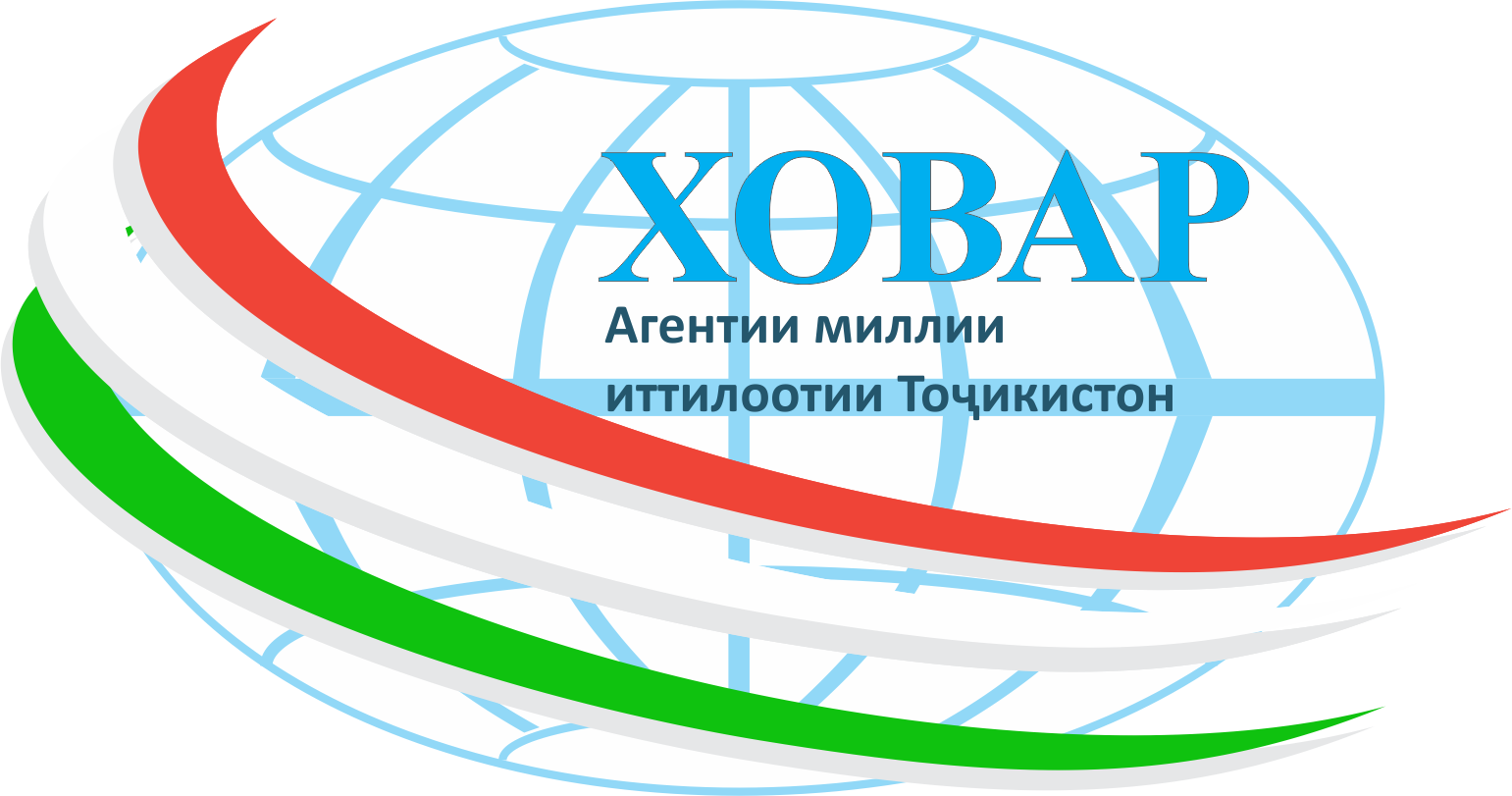

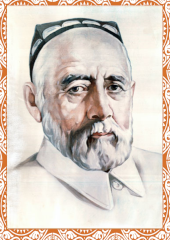 Адиб, олим ва асосгузори адабиёти муосири тоҷик. Аввалин Президенти Академияи илмҳои Ҷумҳурии Тоҷикистон. Муаллифи асарҳои «Таърихи амирони манғитияи Бухоро», «Таърихи инқилоби фикрӣ дар Бухоро», «Намунаи адабиёти тоҷик», «Дохунда», «Ғуломон», «Ёддоштҳо» ва дигар асарҳо, ки ба 29 забони хориҷӣ нашр шудаанд.
Адиб, олим ва асосгузори адабиёти муосири тоҷик. Аввалин Президенти Академияи илмҳои Ҷумҳурии Тоҷикистон. Муаллифи асарҳои «Таърихи амирони манғитияи Бухоро», «Таърихи инқилоби фикрӣ дар Бухоро», «Намунаи адабиёти тоҷик», «Дохунда», «Ғуломон», «Ёддоштҳо» ва дигар асарҳо, ки ба 29 забони хориҷӣ нашр шудаанд.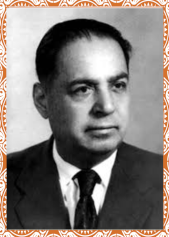 Олим, академики Академияи Илмҳои ИҶШС, арбоби ҳизбӣ ва давлатӣ, муаллифи китоби оламшумули «Тоҷикон» ва зиёда аз 300 асару мақолаҳо.
Олим, академики Академияи Илмҳои ИҶШС, арбоби ҳизбӣ ва давлатӣ, муаллифи китоби оламшумули «Тоҷикон» ва зиёда аз 300 асару мақолаҳо.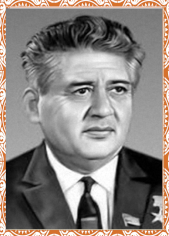 Шоири халқӣ, раиси Иттифоқи нависандагони Тоҷикистон, Қаҳрамони меҳнати сотсиалистӣ, Раиси Кумитаи якдилии халқҳои Осиё ва Африқо. Барои достонҳои «Қиссаи Ҳиндустон»(1948), «Ҳасани аробакаш», «Чароғи абадӣ», «Садои Осиё»,(1960) «Ҷони ширин» (1963) бо ҷоизаҳои давлатии ИҶШС, ҶШС Тоҷикистон ва байналмилалии ба номи Ҷ. Неҳру (1967) сарфароз шуда буд.
Шоири халқӣ, раиси Иттифоқи нависандагони Тоҷикистон, Қаҳрамони меҳнати сотсиалистӣ, Раиси Кумитаи якдилии халқҳои Осиё ва Африқо. Барои достонҳои «Қиссаи Ҳиндустон»(1948), «Ҳасани аробакаш», «Чароғи абадӣ», «Садои Осиё»,(1960) «Ҷони ширин» (1963) бо ҷоизаҳои давлатии ИҶШС, ҶШС Тоҷикистон ва байналмилалии ба номи Ҷ. Неҳру (1967) сарфароз шуда буд.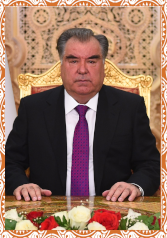 Президенти Ҷумҳурии Тоҷикистон. 19 ноябри соли 1992 дар иҷлосияи XVI Шўрои Олии Ҷумҳурии Тоҷикистон раиси Шўрои Олии Ҷумҳурии Тоҷикистон, 6 ноябри соли 1994 бори аввал, солҳои 1999, 2006 ва 2013 Президенти Ҷумҳурии Тоҷикистон интихоб гардидаст.
Президенти Ҷумҳурии Тоҷикистон. 19 ноябри соли 1992 дар иҷлосияи XVI Шўрои Олии Ҷумҳурии Тоҷикистон раиси Шўрои Олии Ҷумҳурии Тоҷикистон, 6 ноябри соли 1994 бори аввал, солҳои 1999, 2006 ва 2013 Президенти Ҷумҳурии Тоҷикистон интихоб гардидаст.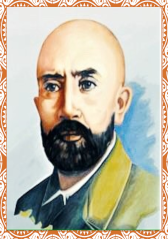 Нусратулло Махсум (Лутфуллоев) ходими давлатӣ ва ҳизбӣ. Солҳои 1924-1926 раиси Кумитаи инқилобии ҶМШС Тоҷикистон, солҳои 1926-1933 раиси Кумитаи Иҷроияи Марказии ҶШС Тоҷикистон.
Нусратулло Махсум (Лутфуллоев) ходими давлатӣ ва ҳизбӣ. Солҳои 1924-1926 раиси Кумитаи инқилобии ҶМШС Тоҷикистон, солҳои 1926-1933 раиси Кумитаи Иҷроияи Марказии ҶШС Тоҷикистон. Ходими давлатӣ ва ҳизбӣ. Солҳои 1929-1931 котиби Ҳизби коммунистии ҶШС Тоҷикистон, солҳои 1933-1937 Раиси Кумитаи Иҷроияи Марказии ҶШС Тоҷикистон.
Ходими давлатӣ ва ҳизбӣ. Солҳои 1929-1931 котиби Ҳизби коммунистии ҶШС Тоҷикистон, солҳои 1933-1937 Раиси Кумитаи Иҷроияи Марказии ҶШС Тоҷикистон.


